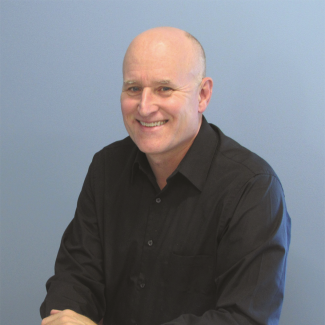The Professional Services Perspective: Structural Engineering Cookbook
Engineering is a blend of math, science, physics, artistry, with applied creativity and some “magic”; a blend of the intuitive with quantitative analysis. It is a miraculous endeavor really, and of great worth when expressed properly. Because of properly expressed engineering, millions of square feet of glazed and paneled façade hang above our heads and safely house occupants throughout the world.
Modern tools make it more convenient than ever to “analyze” and obtain numbers, but that’s only part of the story. It’s the solutions, the collaboration, the alignment with project criteria, the efficiency of design and purpose that really matter. Assumptions matter. Boundary conditions matter. Field quality and improvement matter. Helping clients save time and money matters.
But what about the array of variables and questions we all face? Here’s a sample narrative in no particular order. Perhaps it will resonate with some.
- “Is that fixed or pinned, wind load or dead load, expansion or fixed pocket, twin span or single, composite or additive, hard stacked or not, shear splice or moment splice? How can we optimize; reinforce or kick; what’s the in-plane deflection; can you explain 'delta fallout'? Is that thermal break 'partial-composite' really 85 percent of full value; where’s that test data? Don’t forget to use effective Ry to increase allowable stress so we don’t penalize the client. How can we shave metal off that flange; does case 15 or case 11 control on that one, (please excuse the old code reference); what’s the max stock length that extruder can push; is the alloy T6 or T5; can they really bunk that; how will this fit on a truck? Pony tube or corner anchors; can you run me an FEA on that? How much diaphragm action versus frame action around that corner; chevron plates in the corner for moment continuity, you say? Can we do three-sided support on that glass? How about we do a 'fly-by' and cantilever the frame outside of the building structure?”
- “Sure, we can perforate that fin; attach those 3-foot deep sunshades to the front of the mullion? Hmmm, let me check. Glass fins? Oh, we love glass fins. No problem."
- “The unit picking mechanism, you say? Sure, we can handle that as well.”
- “Wait, now you’re telling me there’s a signage system? Why did they wait this long? Hold that fab while we check the attachments and re-check the framing members.”
- “Field fixes? No problem. We’ve got that. What do you mean you’ve got glaziers standing around in the field? Ok, we will get to it right now. Nope, no problem; we weren’t working to any other deadlines, you’re good. Didn’t someone realize it’s a post-tension slab while they forgot to place the embeds correctly? What do you mean the concrete isn’t the same strength as designed? The slab elevation is off 2 inches? What, there are voids around that anchor?”
- “Yes, we can handle the deferred submittal. Sure, I can review the consultant’s comments, too. Have they ever actually engineered a curtain wall (sorry, I couldn’t resist)? They want it when? How about with a cherry on top?”
- “No, if I only sign the cover sheet of the calculations it won’t cost any more or less. That’s right; it’s going to take some time to review 400 pages of shop drawings.”
There’s never a dull moment, not since the day I started. The work is fascinating; the effort is worthy. There’s value to be provided and passed on to the client, the owner, the occupants and the onlookers. And in the end, our primary obligation as professional engineers and designers is to protect health and public welfare; all while being paid by the client, held to competitive fee and scope, providing value in the process, and while working to a higher calling for the benefit of the human race. It’s a constant balance.
It’s good to remind ourselves of this at times. It’s good to remember that we aren’t just “doing calculations.” We are working together. We are collaborating. We are creating something of value. At least that’s the goal.
John Wheaton is the founder & co-owner of Wheaton & Sprague Engineering, Inc., also known as Wheaton Sprague Building Envelope. The firm provides full service design, engineering and consulting services for the curtain wall/building envelope/building enclosure industry, and works at “Creating Structure” for clients. He can be reached at jwheaton@wheatonsprague.com and on Twitter, @JohnLWheaton1.
The opinions expressed here are those of the individual author and do not necessarily reflect those of the National Glass Association, Glass Magazine editors, or other glassblog contributors.


